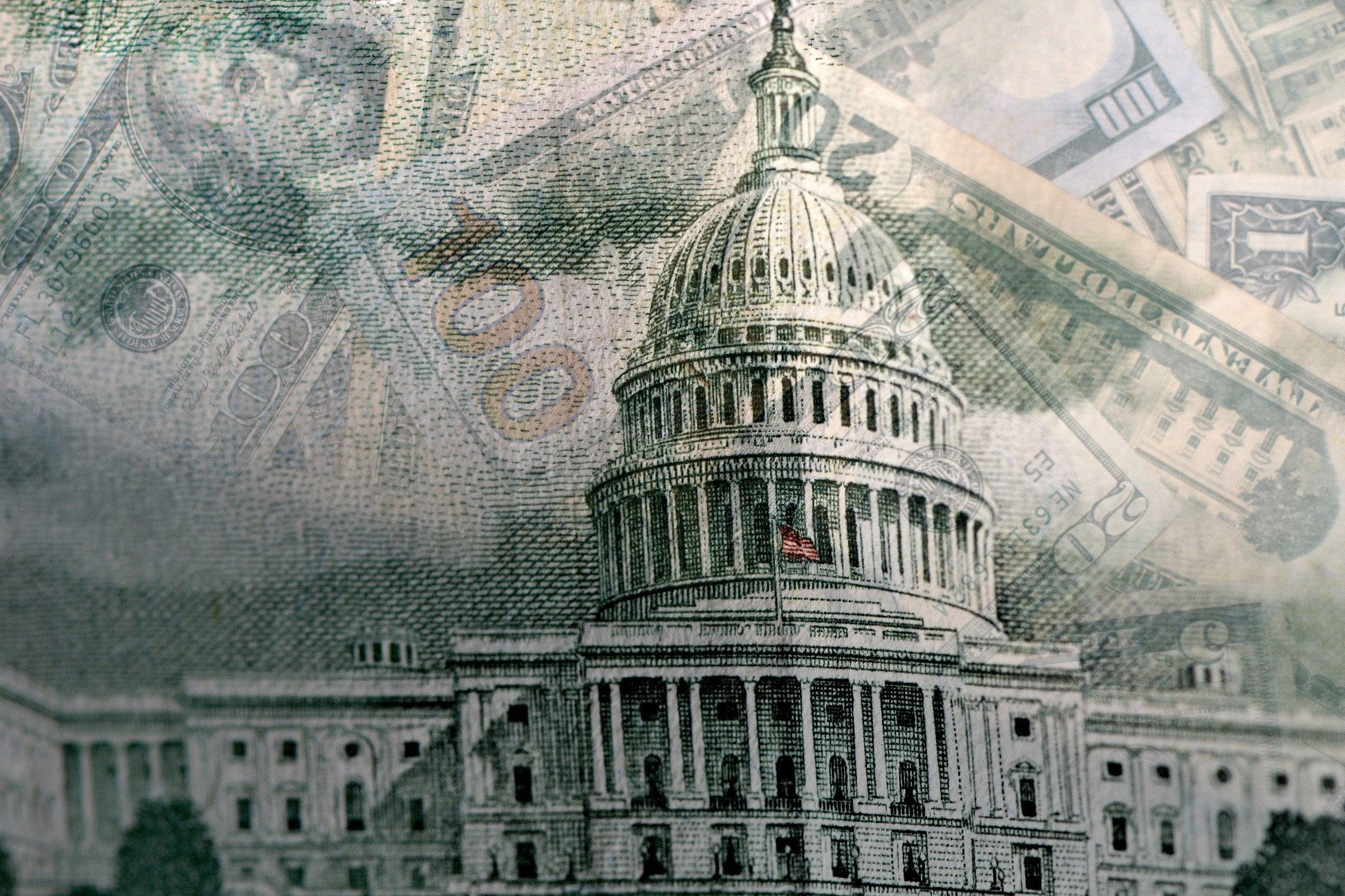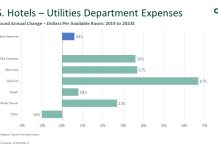
WASHINGTON, D.C., HAS come through on two issues that have been focuses of advocacy by hospitality industry associations, freezing federal per diem travel expense rates and expanding the Economic Injury Disaster Loan program. More remains to be done, however, as the U.S. Travel Association is pressing for passage of a bipartisan infrastructure spending bill.
The fiscal year 2022 per diem rates, released Aug. 13 to take effect on Oct. 1, while usually based on historical ADR data, will be frozen at fiscal year 2021 levels of $151 to keep them comparable to pre-COVID-19 levels. The decision was made “to ensure the maximum lodging allowances for federal travelers are sufficient in FY 2022 as the lodging industry recovers,” the GSA said in a statement.
“GSA focuses on evidence-based policymaking that strives to balance the mission requirements of federal agencies, the needs of federal employees, and the interests of the American public,” said Krystal Brumfield, Office of Government-wide policy associate administrator, who develops and publishes the annual per diem rates. “Equity in the way we collect, analyze, apply, and publish data is a top priority for GSA. Ultimately, we want federal travelers to be able to find affordable lodging as they return to mission-critical, time-sensitive official travel required to perform their essential duties.”
GSA also revised its meals and incidental expenses rates for the continental U.S. for FY2022 from $55 to $59, and the rates for non-standard area tiers were updated from $56-$76 to $59-$79.
AAHOA and the American Hotel & Lodging Association welcomed the decision and both had lobbied in support of the Restored, Equitable, Coronavirus Adjusted Lodging Act that also would have frozen the per diem. AAHOA members had sent 561 letters, held 302 meetings and deployed 175 advocates in pursuit of the per diem decision, said Ken Greene, AAHOA’s interim president and CEO. The per diem rates are crucial to hotels that see a lot of business from government travelers.
“These are the numbers from AAHOA’s GSA per diem campaign and Virtual Action Summit meetings, where AAHOA members advocated with their elected officials on freezing per diem rates,” Greene said. “AAHOA has been advocating with lawmakers to cosponsor and pass bills to establish fair per diem rates for months, and it’s great to see the grassroots efforts of AAHOA members payoff.”
Like Greene, Chip Rogers, president and CEO at AHLA, called the GSA decision on per diem rates a fair course of action.
“This is a big win for hoteliers across the country, as government travel supports tens of thousands of jobs and billions in travel spending, and many private sector organizations also base travel reimbursements on federal per diem rates,” Rogers said. “Freezing per diem rates at pre-pandemic levels is vital to the hotel industry as we continue down the long and uneven road to recovery. We are grateful for GSA’s work to ensure reasonable per diem rates for FY22, and we look forward to welcoming back our government guests as travel resumes.”
AAHOA also supported recent changes made by the Small Business Administration to the EIDL model. Those enhancements and expansions of the program include:
- Raising the threshold up to $2 million per property
- Raising the aggregate loan cap up to $10 million
- A waiver of affiliation rules (that mirrors that of the Paycheck Protection Program)
- A waiver of the credit-elsewhere requirement
- Priority for NAICS Code 72 businesses
- A 30-year fixed amortization period with a low 3.75 percent interest rate
- EIDL Funds can now be used to pay down prior commercial debt and make monthly payments toward federal debt (including principal and interest payments)
“The EIDL program’s enhancements break down barriers for hoteliers to access critical funds that are needed as hoteliers still struggle to deal with the ramifications of the pandemic,” Greene said.
The next big push for industry advocates in the nation’s capital is the infrastructure bill that has been passed by the Senate and is currently under consideration in the House, according to USTA. Along with improving U.S. highways, railways and other infrastructure, the bill would boost the economy, said Tori Emerson Barnes, USTA’s executive vice president of public affairs and policy.
“By investing in the future of infrastructure today, we can ensure greater long-term competitiveness and emerge from the pandemic with stronger systems than ever before,” Barnes said. “In addition to providing necessary funding to U.S. airports, roads and bridges, and other innovative projects such as electric vehicle charging infrastructure and high-speed rail, the bill also establishes a key leadership role at the Department of Transportation to help coordinate travel and tourism policy—a crucial asset as we rebuild our industry and prepare to welcome back visitors from around the world.”





